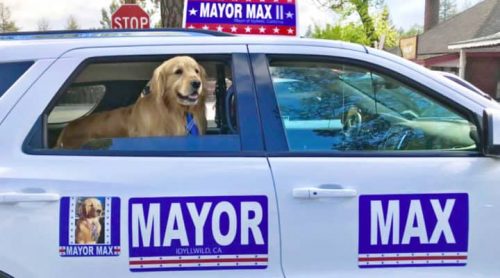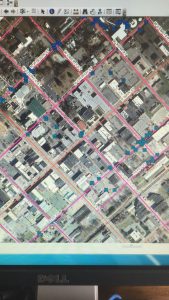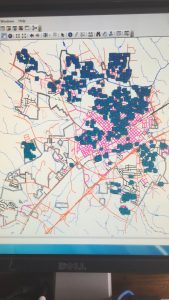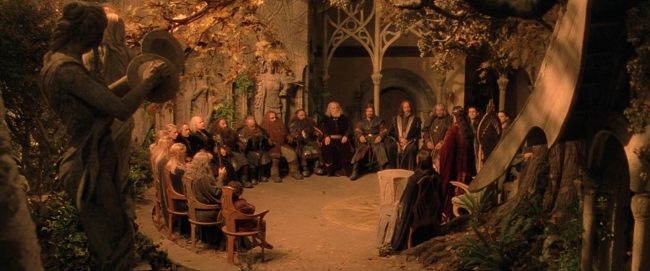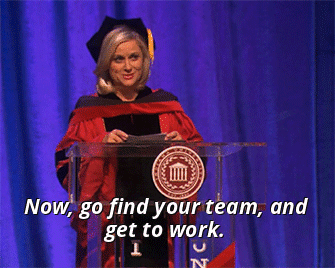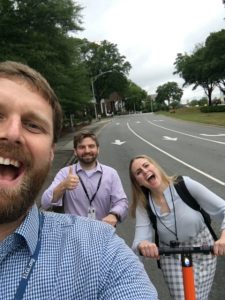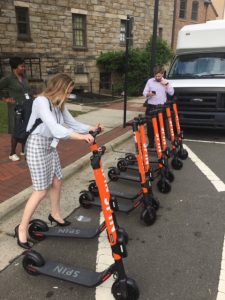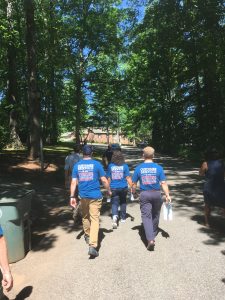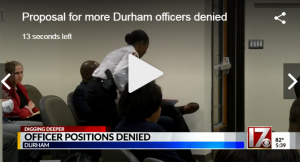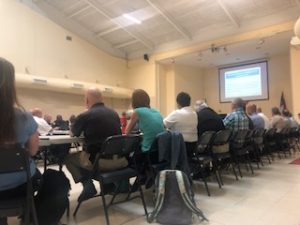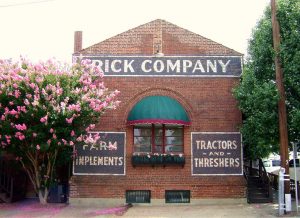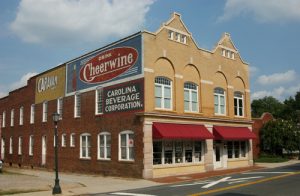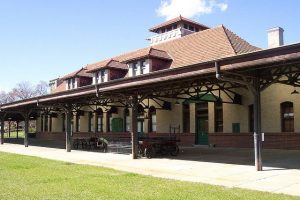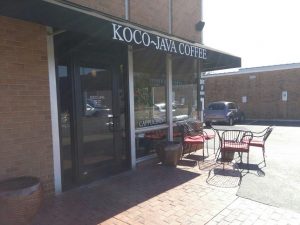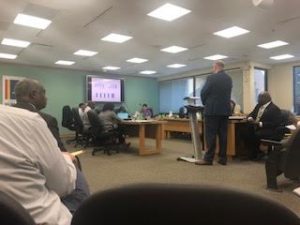Local government has many incredible leaders, but the 2020 Democratic debates showed just how many people are hoping to make the jump from the local to federal level. Although Mayor Buttigeg and Mayor de Blasio are the only candidates running that are still in local government, 8 of the 20 candidates who debated this past week got their start there. That’s 40% of the candidates!

The eight folks representing local government during these debates are: Cory Booker (former Mayor of Newark, NJ) , Pete Buttigeg (Mayor of South Bend, IN), Julián Castro (former Mayor of San Antonio, TX), Bill de Blasio (Mayor of New York City, NY), John Hickenlooper (former Mayor of Denver, CO), Beto O’Rourke (former Mayor Pro Tempore of El Paso, TX), Bernie Sanders (former Mayor of Burlington, VT), and Eric Swalwell (former City Councilor of Dublin, CA).
While I was watching these debates I couldn’t help but analyze some of their roles. As some of you may know, most local governments have either a Mayor-Council or Council-Manager form of government. In Mayor-Council governments the Mayor is in charge of day-to-day activities. One example of this is New York City, NY. Whereas, in the Council-Manager form, city managers are tasked with these activities. The City of Durham functions as a Council-Manager system.
In a recent article in CityLab, several leaders discussed their experiences in local government, and how this would inform them in the role as President of the United States. Hickenlooper said, “I do think that having been a mayor provides wonderful training and experience of finding ways to bring people together and achieving goals and accomplishments through that unity.” One book called, “If Mayors Ruled the World,” points out that local governments are capable of changing the world because they rely on collaboration and interdependence. This type of leadership will be necessary going forward as politics get more complicated.

Personally, Governor Hickenlooper’s words were encouraging to me, because it shows that people are realizing the change-makers that exist in local government. More people are understanding our dedication to creating positive communities, and our drive to further this.
No matter what happens, we all know the best Mayor of all time is Mayor Max of Idyllwild, California. 